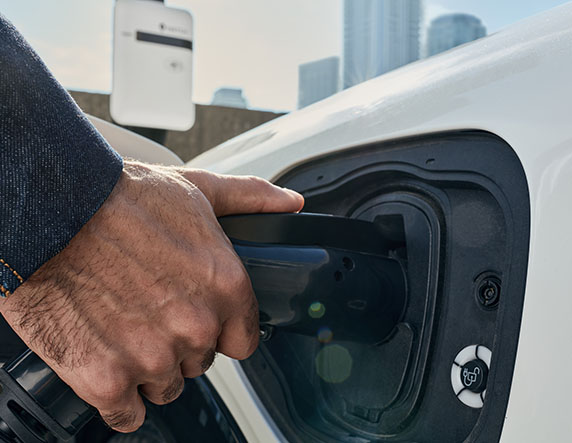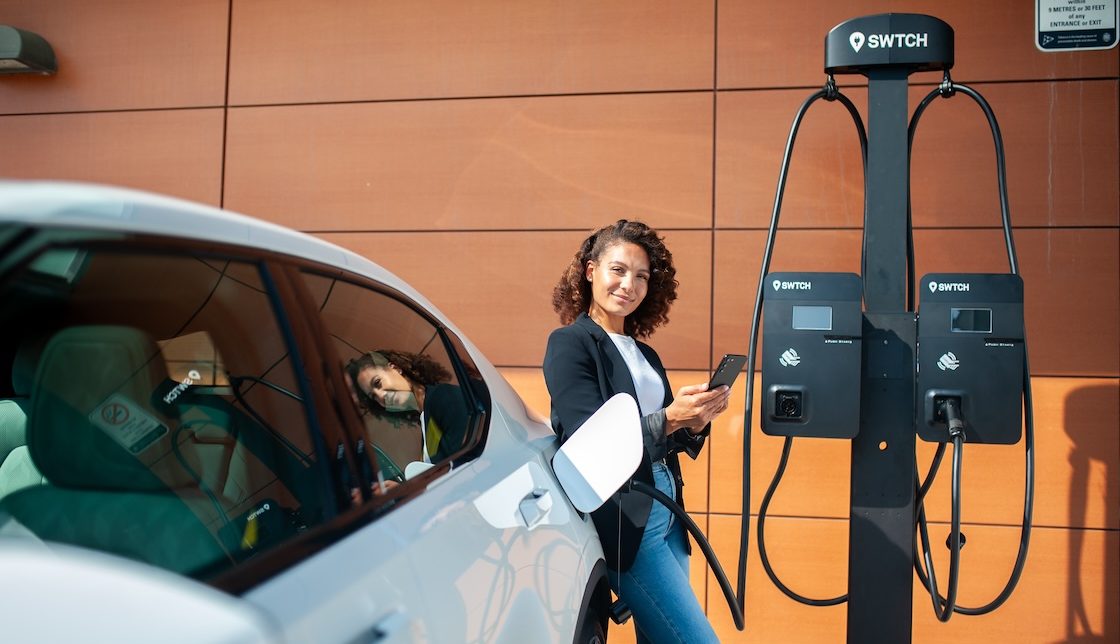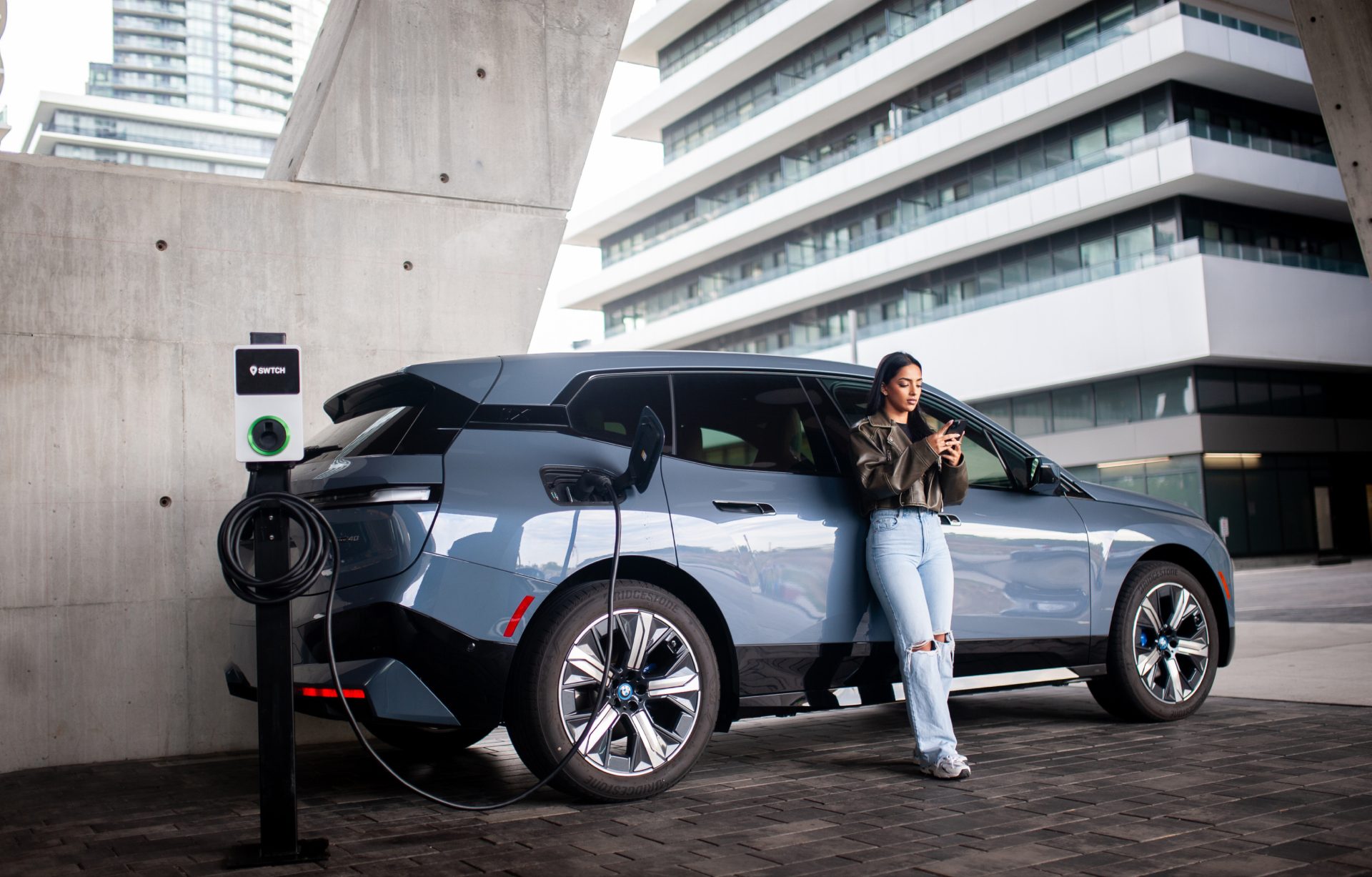The secret to affordable EV charging in multifamily buildings? Intelligent electrical load management.
More drivers want EVs—by 2030, EV sales are expected to represent 49% of the US auto market (BCG)—and an oft-cited estimate says that EV drivers do about 80% of their charging at home. The pressure’s on for the teams operating multifamily buildings to meet this growing demand, but the realities of their buildings—typically old, virtually never built with EV charging in mind—can make the prospect of rolling out EV chargers seem expensive and complicated.
But it doesn’t need to be. With the right tools and technology, it’s possible to add a substantial number of EV chargers to multifamily residential properties without the need for expensive electrical upgrades. For the teams that go this route, the savings can total in the tens or hundreds of thousands.
Load management is key to affordable EV charging
The secret to making an EV retrofit more affordable is to adopt charging hardware and software that enable intelligent load management.
Typically, each EV charger would require its own 40 amp circuit, which is an incredibly expensive prospect for multifamily properties that may have dozens or hundreds of parking spaces to outfit. With a good load management solution, you can instead install as many as four chargers on each circuit and use the load management software running behind the scenes to allocate a portion of the total current to each vehicle that is charging at any given time.
For EV drivers, this works because a typical driver is going to plug their car in once they get home and then leave their car there until it’s time to leave again. This means there’s ample time for all connected vehicles to charge up—usually overnight—even with the slower charging speed resulting from a shared circuit. The typical driver will never know the difference between this shared model vs. a totally separate circuit solely for their charger.
Savings on the table, now and in the future
Mike Mulqueen is Director of Commercial Partnerships at SWTCH, which specializes in EV charging installations and intelligent load management. He says that mentioning what load management can do to reduce upgrade costs is a consistent light bulb moment for property owners looking into EV charging.
“A lot of the time, they know they want or need to deploy EV charging, but they look at their building’s existing electrical capacity, and they feel like they can’t afford to do it, or to do it right,” Mulqueen said. He added, “And then you tell them that there’s a way for them to install a lot of chargers with minimal upgrades, and you can see how excited they get, that their tenants are going to get a great charging experience and it’s not going to bankrupt the company.”
Mulqueen pointed to a project recently undertaken by SWTCH with New Times Square, a 375-unit condo complex in Toronto. There, a survey revealed that about 19 tenants intended to purchase an EV in the near future, with 21 interested in access to onsite charging right away.
While it was necessary to add electrical capacity to the building in order to accommodate these chargers, Mulqueen says the use of shared circuits and SWTCH’s load manager to operate both the chargers that are currently installed and those likely to be installed in the next few years drove the total cost of the project down by about $24,000.
“That’s a big deal, and if or when the building looks to add more chargers down the line, the exact same process can take place. Minimal upgrades for a lot more chargers. This model scales really well.”
The proportion of EV drivers in the population is growing quickly enough that, before too long, onsite charging infrastructure will become seen as a need, not a nice-to-have. For multifamily building operators looking to get ahead of the curve, load management technology could prove to be the ideal solution to outfit their properties with EV charging, now and years into the future.
To learn more about what it takes to roll out EV charging for multifamily residential buildings, click here.



